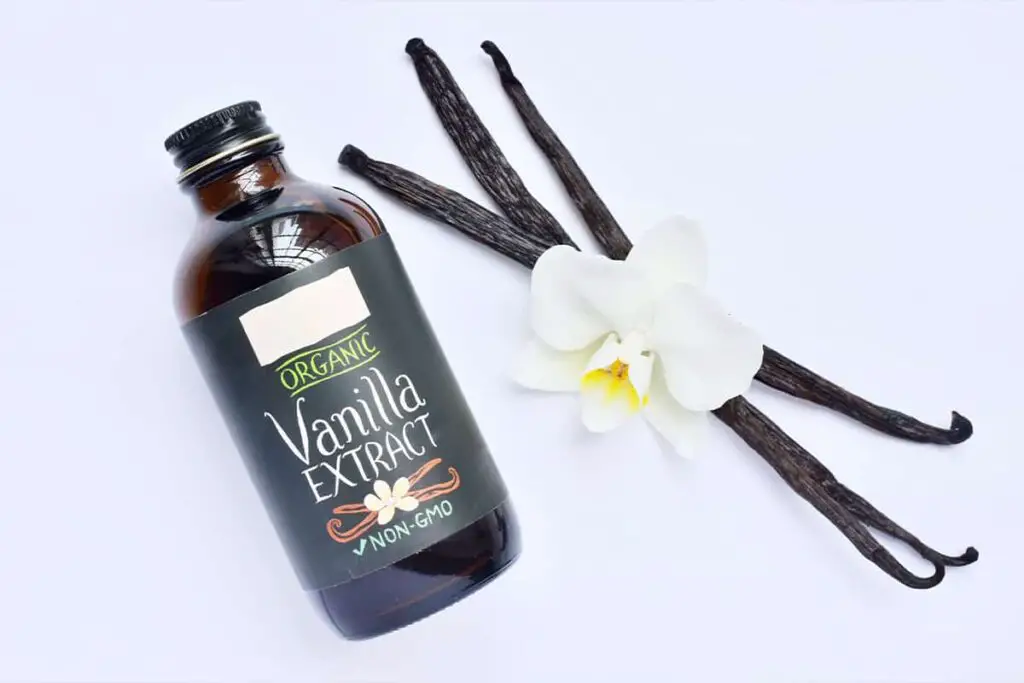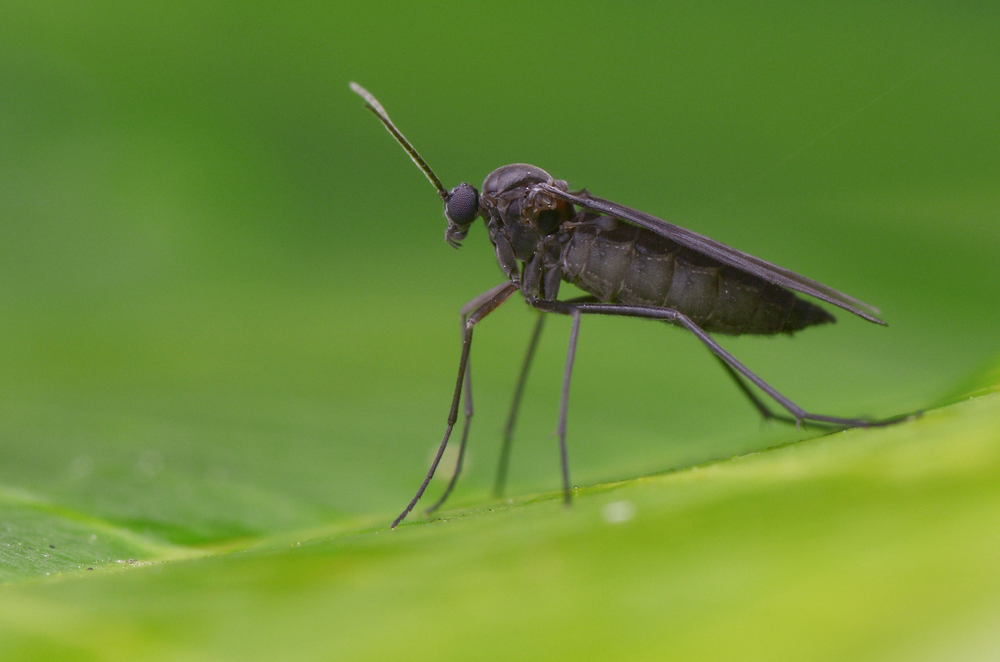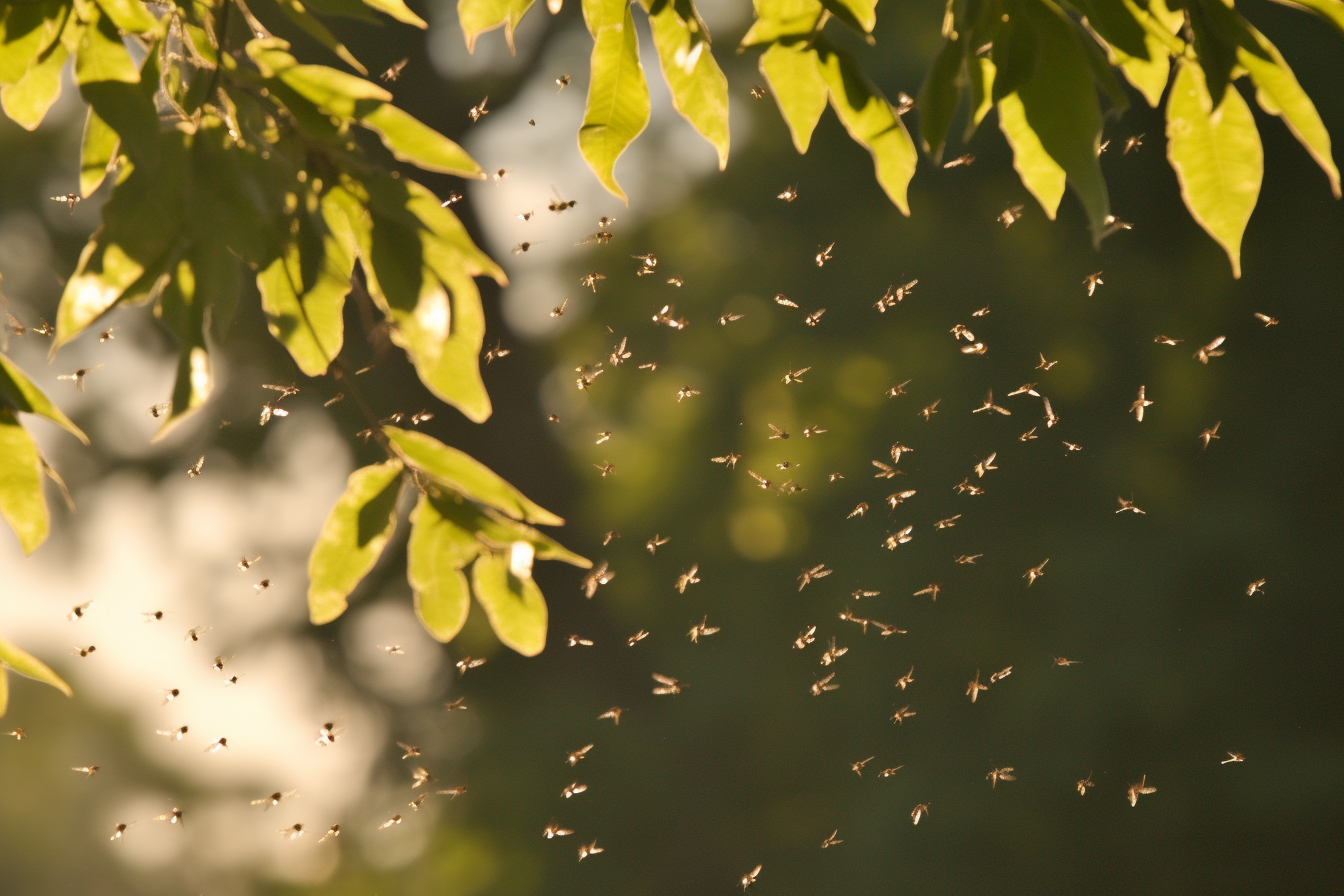
Have you ever wondered why gnats always seem to be flying around you, making it nearly impossible to enjoy time outdoors or in your garden? You’re not alone! In this article, I’m going to share some important insights into why gnats are attracted to you and offer practical solutions to keep them at bay.
Gnats are attracted to humans for a variety of reasons, including our body heat, carbon dioxide emissions, and the scents of our sweat and breath. They are also drawn to bright colors and movement, which can make us an easy target. Additionally, gnats are often present in areas with standing water or moist soil, which are a common outdoor environment in which people spend time.
While it may seem like a nuisance, the presence of gnats does indicate that your plants or flowers are getting well-pollinated, as they help control fungus and algae in your garden. But that doesn’t mean you have to put up with these tiny invaders. Armed with this knowledge, I hope to give you some effective strategies to reduce their presence and reclaim your personal space.
Understanding Gnats
As someone who has dealt with gnats before (haven’t we all?), I’ve taken the time to learn more about these tiny creatures to better understand why they’re attracted to us.
Types of Gnats
There are several types of gnats that we commonly encounter in our daily lives, and each has its unique characteristics:
- Fungus Gnats: These gnats are commonly found around houseplants, as they thrive in damp, organic material like soil. They usually feed on the roots and decaying plant material.
- Fruit Flies: Unlike fungus gnats, fruit flies are attracted to ripe or rotting fruits and vegetables. They are tiny and usually found in kitchens or around garbage cans.
- Drain Flies: Also known as phorid flies, these gnats are found near drains, sewers, and other damp places. They feed on decaying organic matter and can often be found flying around our bathrooms.
Gnat Habitats
Gnats require specific conditions to thrive, and understanding their habitats can help us keep them at bay. Here are some key factors influencing gnat habitats:
- Temperature: Gnats thrive in warm temperatures between 75 and 80 degrees Fahrenheit, and they struggle to survive in cold environments (Pest Advisory).
- Food: As mentioned earlier, different types of gnats are attracted to various food sources. Fungus gnats are drawn to decaying plant material, fruit flies to rotting fruits and vegetables, and drain flies to organic matter in damp places (Dengarden).
- Moisture: Gnats thrive in damp environments, which is why we often find them near houseplants with moist soil, rotting fruits and vegetables, or drains and sewers where water accumulates (Dengarden).
- Light: Many species of gnats and flies are attracted to light, leading them to swarm around windows, interior lighting, and outdoor lights (Tips Bulletin).
By understanding the types of gnats and their preferred habitats, you too can better identify the reasons why these little pests might be flying around you and take appropriate measures to deter them.
Why Gnats Are Attracted to You
Body Heat and Carbon Dioxide
As a tiny insect, gnats are naturally drawn to sources of warmth, and one of those sources is your own body heat. In addition, you are constantly exhaling carbon dioxide, which gnats perceive as a sign of potential food sources. It’s worth noting that this is not exclusive to gnats; both mosquitoes and gnats are attracted to carbon dioxide emissions and body heat, making you an irresistible target for these tiny bugs.
Odors and Fragrances
Another reason gnats might always hovering around you is your unique blend of personal odors and fragrances (no offense). According to Terminix, gnats are attracted to fruit and sweet scents, which might be present in your soap, perfume, lotion, or hair spray. These seemingly pleasant fragrances draw gnats to me like a magnet.
Furthermore, gnats are attracted to other common human odors as well. For example, they are even drawn to the smell of your breath and the scent of your shampoo. These natural and artificial scents can make it difficult for me to avoid gnats’ attention.
Moisture and Sweat
Aside from the various scents and odors that emanate from us, gnats also find our body’s moisture highly appealing. Because gnats are always searching for moisture, our sweat and tears provide the perfect environment for them to thrive. The moisture from your breath, combined with the salt present in your sweat, further entices gnats to fly around your face.
To sum it up, body heat, carbon dioxide, fragrances, and moisture all make you an attractive target for gnats. Maybe take it as a compliment!
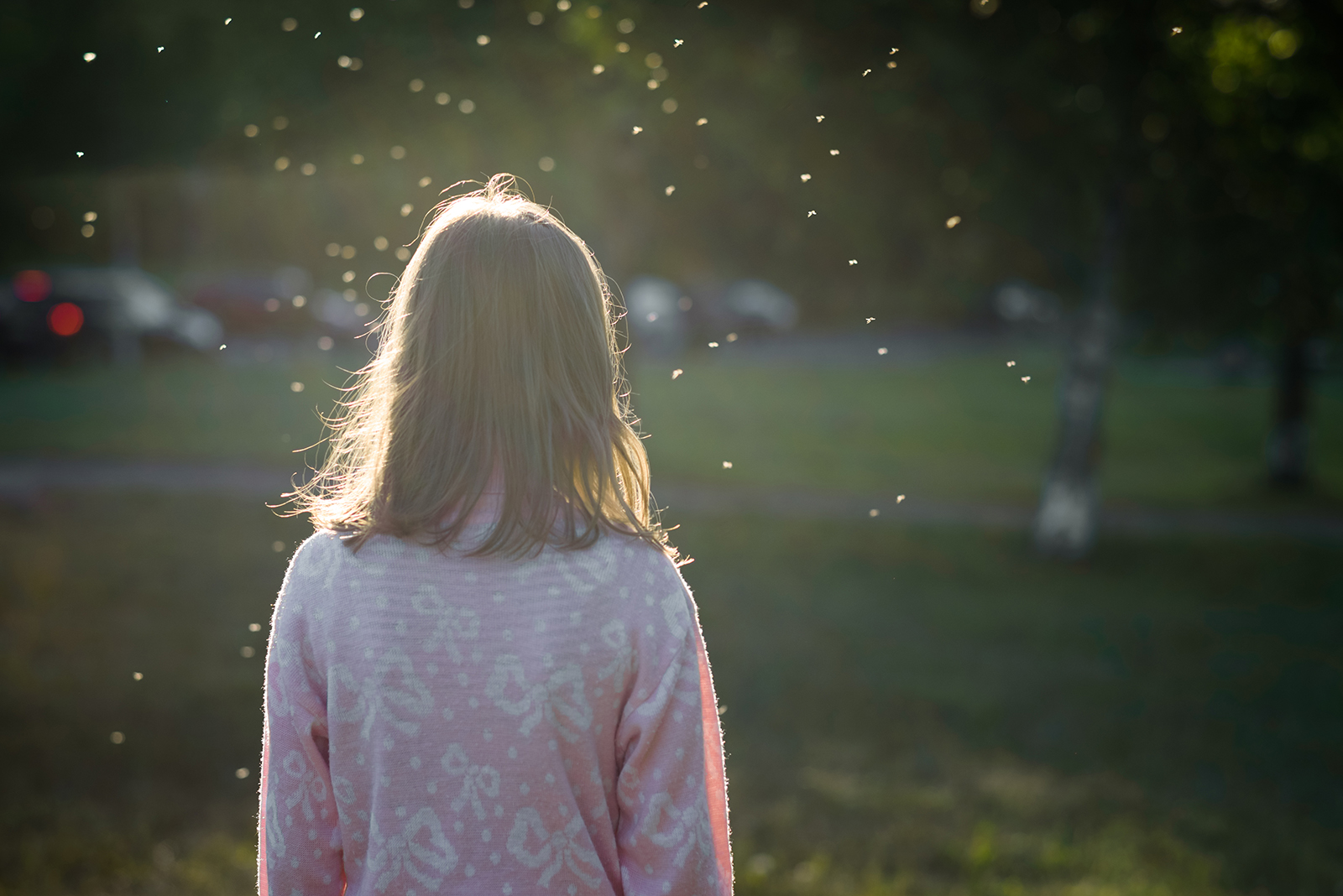
Preventing Gnat Infestations
Indoor Pest Control
Gnat swarms outside in the wild is one thing, but I know how important it is to prevent gnat infestations indoors. One effective method to prevent gnats inside is to utilize essential oils, such as peppermint, lavender, or citronella, to repel gnats from both your body and surfaces of your home. Pest Advisory suggests applying these oils around the neck and face to keep gnats away.
In my experience, maintaining a clean living space is crucial in preventing gnats from being attracted to the home. Make sure to clean up any food and drink spills immediately and never leave dishes out for an extended period. According to This Old House, taking out the trash every night and using a sealed trash can also helps prevent gnats from being attracted to items in the garbage.
Outdoor Prevention
When it comes to outdoor gnat prevention, natural remedies can be quite effective. One useful method I frequently use is the vinegar trap. Gnats find vinegar almost irresistible, making it an excellent tool to lure and trap them. To make the trap, simply fill a container with vinegar and a few drops of dish soap, then cover it with plastic wrap and poke a few small holes to allow gnats inside.
Another way I prevent gnats outdoors is by making sure my garden and yard are well-maintained. Over-watered plants and stagnant water can attract gnats, so I always ensure proper drainage and avoid overwatering my plants. Moreover, I regularly remove any yard debris or decaying plant matter, as these can provide breeding grounds for gnats.
Personal Gnat Repellent Strategies
Effective Gnat Repellent Products
When it comes to commercial gnat repellent products, I’ve tried a few that actually work. One of them is insect repellents containing DEET, which can repel gnats to some extent, though not as effectively as it does mosquitoes. Additionally, using fans is an effective strategy, as gnats are weak fliers and are easily deterred by airflow.
Natural and Homemade Solutions
I have also experimented with natural and homemade gnat repellent solutions. One of my favorites is using tea tree oil as a natural repellent. Simply mix 1 cup of water, ½ teaspoon of natural soap, and 12 drops of tea tree oil in a spray bottle and apply it to areas where gnats are troublesome.
Another effective homemade solution is a vinegar gnat trap. To make it, fill a shallow dish with apple cider vinegar and add a couple of drops of dish soap. The gnats will be attracted to the vinegar and get trapped in the soapy surface.
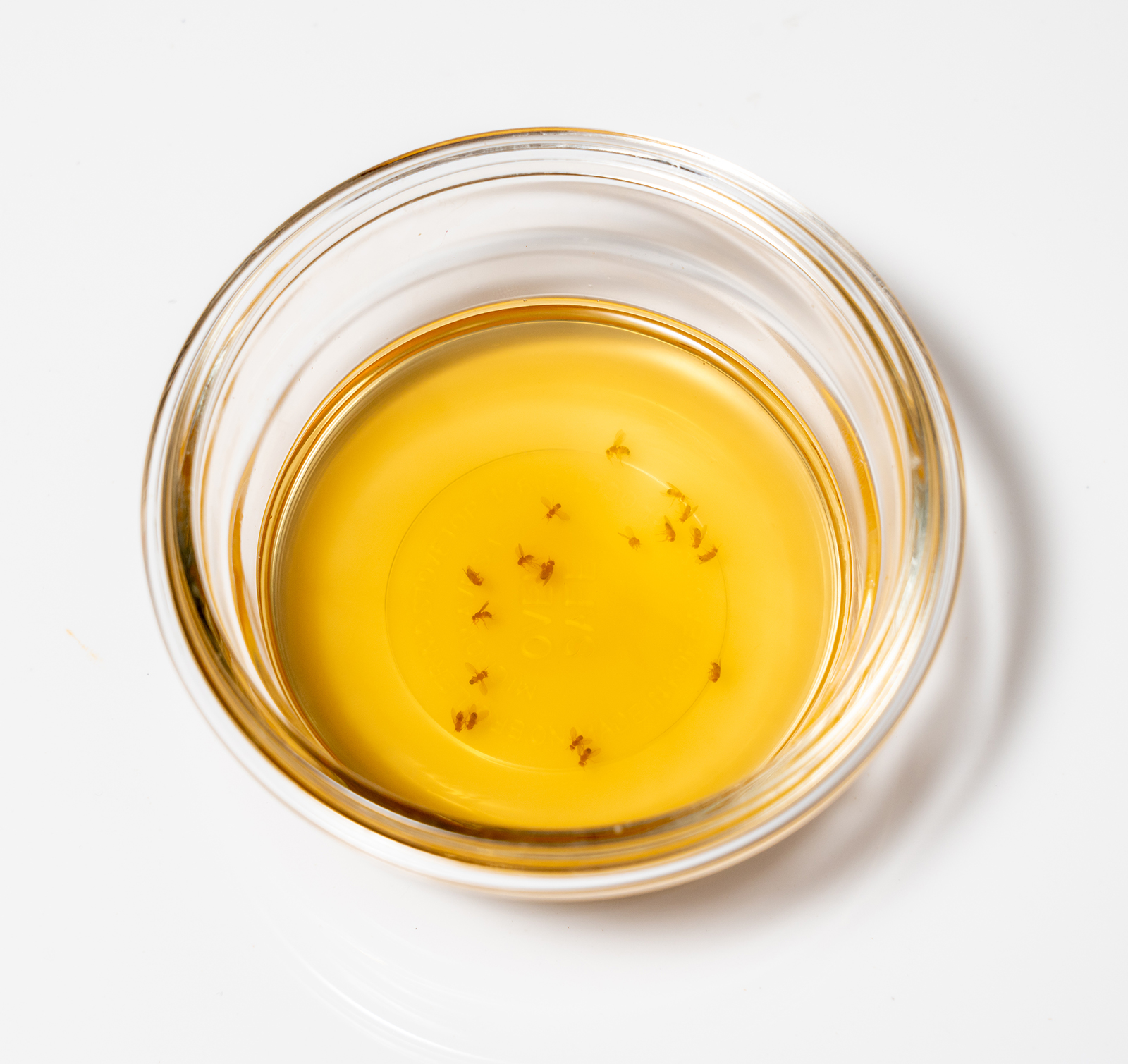
Finally, if you’re just looking for a simple solution to not be so bothered by gnats in the outdoors, wearing sunglasses, safety goggles, or even regular glasses can help keep them away from your eyes.
Conclusion
Gnats are attracted to humans for a variety of reasons, such as body heat, moisture, and food sources. They tend to thrive in temperatures between 75 and 80 degrees Fahrenheit, making them more active during warmer seasons.
Gnats play a role in pollinating plants and controlling fungus and algae in gardens, but despite their benefits having gnats constantly flying around me can be annoying and bothersome. To prevent this I found that using natural repellents like apple cider vinegar and soap can help deter them and move on to easier pickings.
In summary, understanding why gnats are attracted to humans and implementing preventative measures can significantly reduce their presence. By doing so, we can all enjoy our time outdoors without constantly swatting away these pesky insects.
Driven by a passion for those tiny creatures that rule our world, we at Bug Domain strive to be your go-to resource for information on insects.


